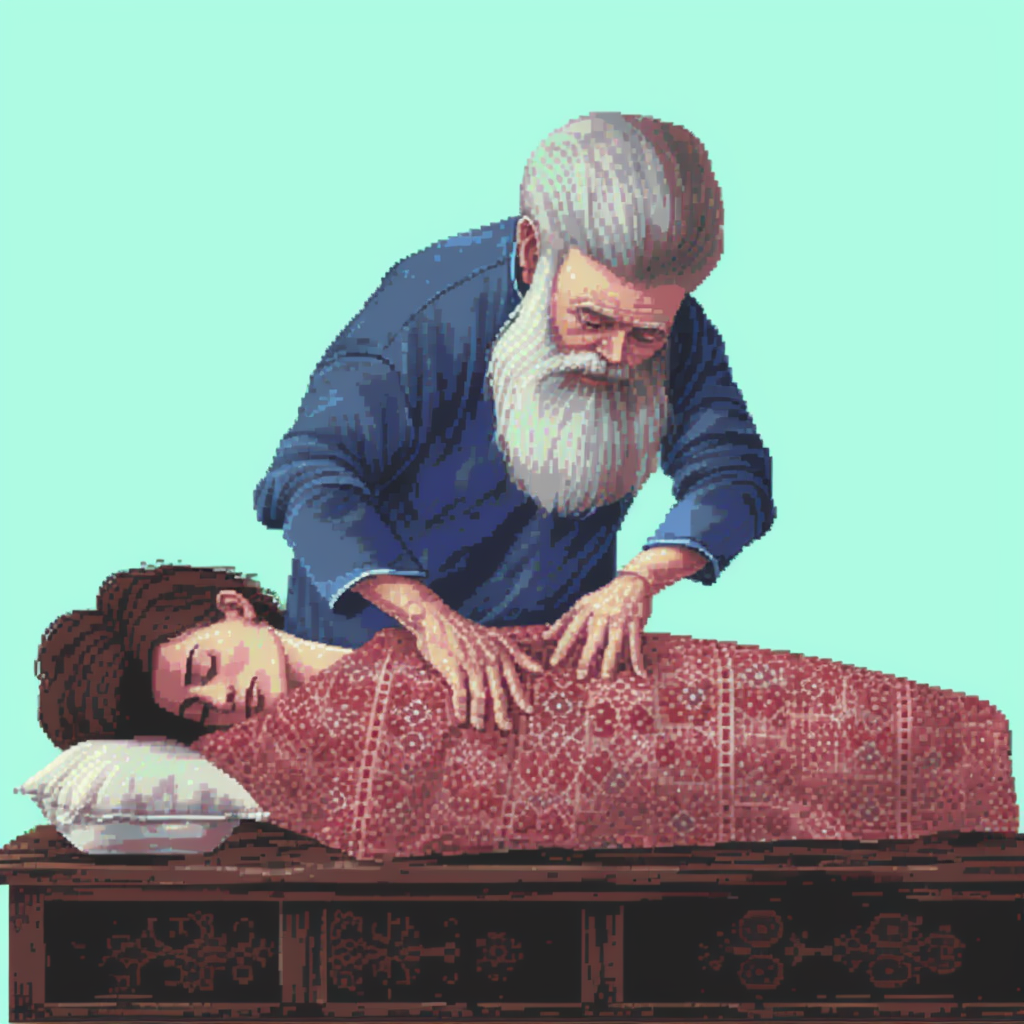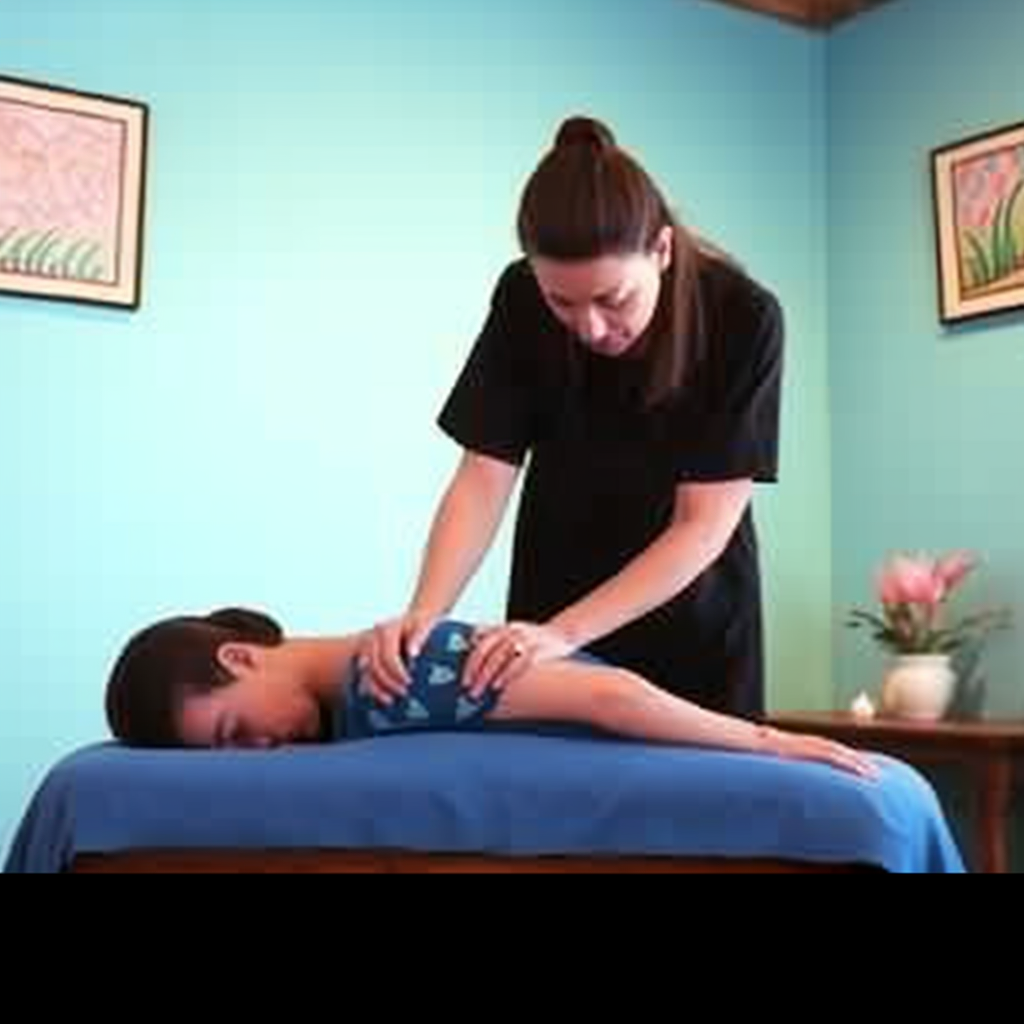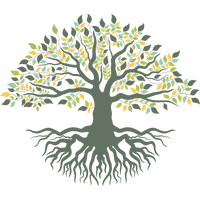
- Naprapathy is a manipulative therapy that focuses on the evaluation and treatment of neuromusculoskeletal conditions. This practice was developed in the early 1900s by Doctor Oakley Garfield Smith. The word “naprapathy” is derived from the Czech word “náprava,” which means correction. The function of naprapathy is to address pain and inflammation caused by connective tissue disorders.
- Naprapathy is a form of alternative medicine that involves deep tissue manipulation, nutritional counseling, and rehabilitative exercises. This approach is designed to restore connective tissue to its original state and facilitate the body’s natural healing process.
- The goal is to reduce inflammation and encourage increased circulation, nerve conduction, and elimination of waste products to promote faster healing.
- Naprapathy can be used to treat a wide range of conditions, including lower back pain, shoulder pain, whiplash, common sports injuries, plantar fasciitis, and chronic pain.
Naprapathy, a manipulation therapy
- Naprapathy requires a firm but gentle touch to correct the underlying issues in the connective tissues of the body.
- By working on stiff or sore tissues that surround an injured joint or muscle, naprapathic practitioners help improve function and reduce inflammation.
- This manual manipulation therapy focuses on correcting impaired connective tissue, and not on manipulating bones and joints like what is done in chiropractic medicine.
Focused on neuromusculoskeletal conditions
- To alleviate pain by targeting strained and constricted connective tissues, whether it be in the musculoskeletal system or the body’s organs and tissues.
- Naprapathic medicine considers connective tissue disorders as the source of pain in the body. In this type of alternative medicine, naprapaths utilize a variety of different techniques, including massage, mobilization, nutritional counseling, and homeopathic remedies.
- These techniques work in tandem to manipulate the soft tissues in the affected area, restoring blood and lymph circulation, and allowing the body to heal itself naturally. This approach not only relieves pain but addresses the underlying cause of the disorder.
- Unlike other forms of manipulative therapy, naprapathy aims to return the body’s tissues to their natural state while keeping the body’s structure and rhythm in mind.
Diagnostic procedures for naprapathic medicine
- Naprapathy is a method-based on the premise that any type of pain is caused by disruptions in neuromusculoskeletal structures. Diagnostic procedures are used by naprapathic practitioners to identify the exact location of connective tissue injuries and determine the best treatment approach to correct them.
- The diagnostic procedures involved in naprapathic medicine include a complete physical exam and personal health history to aid in identifying the areas of pain, understanding the patients underlying health conditions.
- Naprapaths use various joint and muscle assessment techniques to pinpoint the source of pain, including postural analysis, x-rays, and MRI imaging, to gain a full understanding of the patient’s musculoskeletal structure.
How is Naprapathy Practiced?

Connective tissue manipulation
- Rigid muscles and restrictive connective tissues, in essence, impede the normal functioning of nerve pathways, impairing lymph and blood circulation and causing pain, swelling, movement limitation, etc. Naprapathy employs connective tissue manipulation as its most physical component.
- The process includes
- gentle yet deep tissue manipulation to locate constrained and constricted connective tissues.
- naprapathic medicine is used to manage spinal issues resulting in lower back pain.
- It is also efficient in treating other conditions, including shoulder pain, whiplash, sports injuries, bursitis, plantar fasciitis, and chronic pain, among others.
Non-invasive therapy additions
- In addition, naprapathy often includes non-invasive therapy additions. These can include a variety of techniques, such as laser therapy, ultrasound therapy, or the application of cold packs in combination with tissue adjustments.
- Some naprapaths may also incorporate acupuncture, gentle stretching, or other forms of manual therapy into their treatment plans.
- Laser therapy uses light energy to penetrate deep into the tissues, stimulating healing at the cellular level.
- Ultrasound therapy uses high-frequency sound waves to increase blood flow and promote tissue repair.
- Cold packs can help reduce inflammation and swelling, while also numbing the area to help reduce pain.
- Together, these non-invasive therapies can complement connective tissue manipulation, helping patients experience faster and more complete healing.
Nutritional counseling
- In naprapathic medicine, nutritional counseling is a crucial component of the treatment regimen alongside non-invasive therapy additions, connective tissue manipulation, and rehabilitative exercise.
- The goal is to help patients maintain a balanced diet with the necessary vitamins and minerals to supplement their recovery from connective tissue disorders.
- During nutritional counseling sessions, patients can receive practical and evidence-based information on nutrition to make informed decisions about their diets.
- Patients can also get a proper understanding of the relationship between different foods and how they affect their overall health.
Rehabilitative exercise
- Rehabilitative exercise is one of the four-pronged approaches that make up the foundation of naprapathy treatments.
- Rehabilitative exercises are designed to help with the rehabilitation of the injured area by improving blood flow, range of motion, and strengthening the muscles that support the injury.
- Naprapathic practitioners may train their patients how to perform specific exercises at home, or develop a strategy for the patient to practice exercises in-office on a regular basis. These movements are usually simple and designed to help stretch and strengthen the body in a way that works with the affected area.
- Through rehabilitative exercises, the patient can experience improved mobility, reduced pain, and a strengthened area with a lower risk of future injury.
- While the specific exercises vary case by case, all exercises are designed to assist in reducing inflammation, restoring range of motion, and preventing further issues.
Conditions Treated by Naprapathy
1. Low-back pain
- Naprapathy can help relieve pain and promote healing by targeting the root causes of low-back pain, rather than masking symptoms with medication. Through connective tissue manipulation, naprapathy can help release tension in the affected area and improve range of motion. This can help those with low-back pain to maintain a healthier posture and reduce the likelihood of experiencing future issues with their backs.
2. Shoulder pain
- Naprapathic treatment for shoulder pain may include a series of medications, supplements, manual soft tissue manipulation, and other non-invasive therapy methods.
- The goal is to boost the healing mechanism of the body and recover the function of the shoulder joint. Naprapaths may also teach rehabilitative exercises designed to support the healing process and improve muscle strength and blood circulation in the affected area.
- Those suffering from shoulder pain may consult with a naprapath to develop a customized treatment plan.
3. Whiplash
- The connective tissue manipulation techniques used in naprapathy can help to loosen and relax the strained muscles and ligaments in the neck, improving circulation and aiding in the healing process.
- Additionally, non-invasive therapies like ultrasound or cold packs may be incorporated into the treatment plan to further reduce inflammation and promote healing.
- Nutritional counseling is also an important aspect of naprapathy, as it can help to ensure that the body is getting the necessary nutrients to properly heal and repair damaged tissues.
4. Sports injuries
- Naprapathic practitioners employ a range of techniques and modalities to help with sports injury recovery such as connective tissue manipulation, ultrasound therapy, or applying cold packs in combination with tissue adjustments.
- Naprapathy may be chosen as a sports injury treatment because of its gentle nature and effectiveness at restoring connective tissues and joints without resorting to surgery, medication, or invasive techniques.
5. Plantar fasciitis
- Naprapathy is an effective treatment for plantar fasciitis because it focuses on locating strained tissues and working to return them to their natural state.
- The treatment consists of gentle but deep tissue manipulation, as well as nutritional counseling and rehabilitative exercise. By manipulating the surrounding soft tissue, naprapaths are able to correct any misalignments in the foot and alleviate pain and inflammation caused by plantar fasciitis.
6. Chronic pain
- Naprapathic treatment involves identifying and manipulating the constricted connective tissues in order to return them to their natural state. This involves a combination of connective tissue manipulation, non-invasive therapy additions, nutritional counseling, and rehabilitative exercise.
- Through these interventions, naprapathy aims to restore proper nerve function, improve circulation, and reduce pain and inflammation.
Comparing Naprapathy and Chiropractic Medicine
1. Differences between naprapathy and chiropractic medicine
- Naprapathy and chiropractic medicine are both alternative forms of therapy designed to help reduce pain and improve mobility, but they differ in various ways. While chiropractic medicine focuses on quick, intense joint adjustments to restore full range of motion to restricted joints, naprapathy concentrates on gentle but deep tissue manipulations and nutritional counseling. As a result, naprapathy may be better suited for patients who can tolerate more gentle tissue manipulation performed in chiropractic medicine.
- Another difference between naprapathy and chiropractic medicine lies in the lasting effects of each therapy. Chiropractic adjustments can push bones back into misalignment over time as surrounding tissue continues to pull on the affected area. In contrast, naprapathy also manipulates surrounding connective tissue when adjusting bones, ensuring the bone stays in the right place for a more extended period. This often leads to longer-lasting results compared to chiropractic medicine alone. As patients choose between the two treatments, it is best to consider their condition and their comfort level with each approach.
2. Choosing between the two treatments
- When it comes to choosing between naprapathy and chiropractic medicine, it is important to understand the differences between these two treatments. Naprapathy uses gentler tissue manipulation and nutritional counseling to restore connective tissue to its natural state, while chiropractic medicine involves more intense joint and bone adjustments to restore range of motion.
- Choosing between the two treatments depends on your personal preferences and the specific condition being treated.
- f you are looking for a gentle approach to joint and muscle manipulation, naprapathy may be a better choice. It may also be a better choice for conditions that require longer lasting results, as the focus on connective tissue manipulation ensures that bones remain in place.
- If you are looking for a more direct approach to joint and bone manipulation, chiropractic medicine may be a better choice. It may also be a better choice for conditions that involve acute or sudden pain, as joint adjustments can offer immediate relief.
Benefits and Risks of Naprapathy
1. Benefits of naprapathy
- Naprapathy offers numerous benefits to patients suffering from neuromusculoskeletal conditions and injuries.
- One of the primary benefits of naprapathy is that it provides long-term results compared to chiropractic medicine. This is because naprapathy promotes healing by manipulating surrounding tissues, ensuring that the bone or joint remains in the correct position for a longer time.
- This therapy can effectively manage a wide range of conditions, including low-back pain, shoulder pain, whiplash, chronic pain, bursitis, plantar fasciitis, and more.
- Naprapathy help reduce the need for pain medication. The gentle but deep tissue manipulation techniques used in naprapathic medicine can help alleviate pain caused by both acute and chronic conditions, thereby reducing the need for medication that can have adverse effects on health.
- Additionally, the rehabilitative exercises taught in naprapathy can help improve posture, enhance range of motion, and improve muscle strength, blood flow, and circulation.
- This therapy is safe, non-invasive, and presents fewer risks than other invasive treatment options.
2. Risks of naprapathy
- One of the main risks of naprapathy is the possibility of damage to the joints, ligaments, or muscles from overaggressive tissue manipulation. In rare cases, deep tissue manipulation can cause bruising, inflammation, and soreness.
- Another risk of naprapathy is that it may not be appropriate for those who are under certain medical conditions. For example, individuals with bleeding disorders or taking blood-thinning medication may be at an increased risk of complications during tissue manipulation.
- Additionally, people with bone fractures or infections should avoid any therapy that could cause further damage or spread the infection. Pregnant women should also avoid naprapathy due to the potential risks to the fetus.
Finding a Naprapathic Practitioner
Searching for a Naprapathic Practitioner
- When searching for a naprapathic practitioner, it is important to do your research. A good place to start is by asking for recommendations from friends, family, or your regular physician. Another great resource is the American Naprapathic Association, which offers a searchable directory of licensed naprapaths by state and city.
- It is also recommended to schedule an initial consultation with a potential naprapathic practitioner. During this consultation, ask about their experience treating conditions similar to yours, their approach to treatment, and their qualifications.
- It is essential to ensure that your naprapathic practitioner is licensed, as licensing requirements vary by state. You can verify a practitioner’s license and credentials through your state’s licensing board.
- It is important to be comfortable with your naprapathic practitioner as the therapeutic relationship plays a significant role in the effectiveness of the treatment. Take the time to find a practitioner with whom you feel comfortable, and who is willing to address your concerns and answer any questions you may have.
Qualifications of a naprapathic practitioner
- One way to find a naprapath is to search for practitioners who specialize in naprapathy or alternative medicine. Look for accredited schools or institutions that offer naprapathic training programs. Additionally, you can search online for well-known naprapathic clinics and research their practitioners.
- When looking for a naprapathic practitioner, it’s essential to consider their qualifications. In the US, only certain states have licensed naprapaths, and the qualifications may differ from one state to another. However, there are still certain qualifications that you may want to look for when choosing a practitioner.
- First, ensure that the naprapathic practitioner has a degree or certification in naprapathic medicine or a related field. They should have completed a rigorous training program and hold a license or registration in their state of practice.
- Secondly, you should consider their experience and specialization. A qualified naprapath should have experience in treating different neuromusculoskeletal conditions and be knowledgeable in nutrition and exercise rehabilitation.
- Additionally, they should be willing to collaborate with your primary healthcare provider to ensure excellent patient care.
Final thoughts about naprapathy
In conclusion, naprapathy is a highly effective form of manual therapy that helps to relieve pain and restore mobility by manipulating and treating neuromusculoskeletal conditions. By addressing constrictions in connective tissues, this gentle approach to healing can also simultaneously align bones and manipulations, making it ideal for those who are seeking longer-lasting results than traditional chiropractic medicine techniques. It’s essential to find a qualified and experienced practitioner to ensure thorough diagnosis and proper treatment. With the right care and the help of a qualified practitioner, you may be able to find the relief you’ve been searching for.




